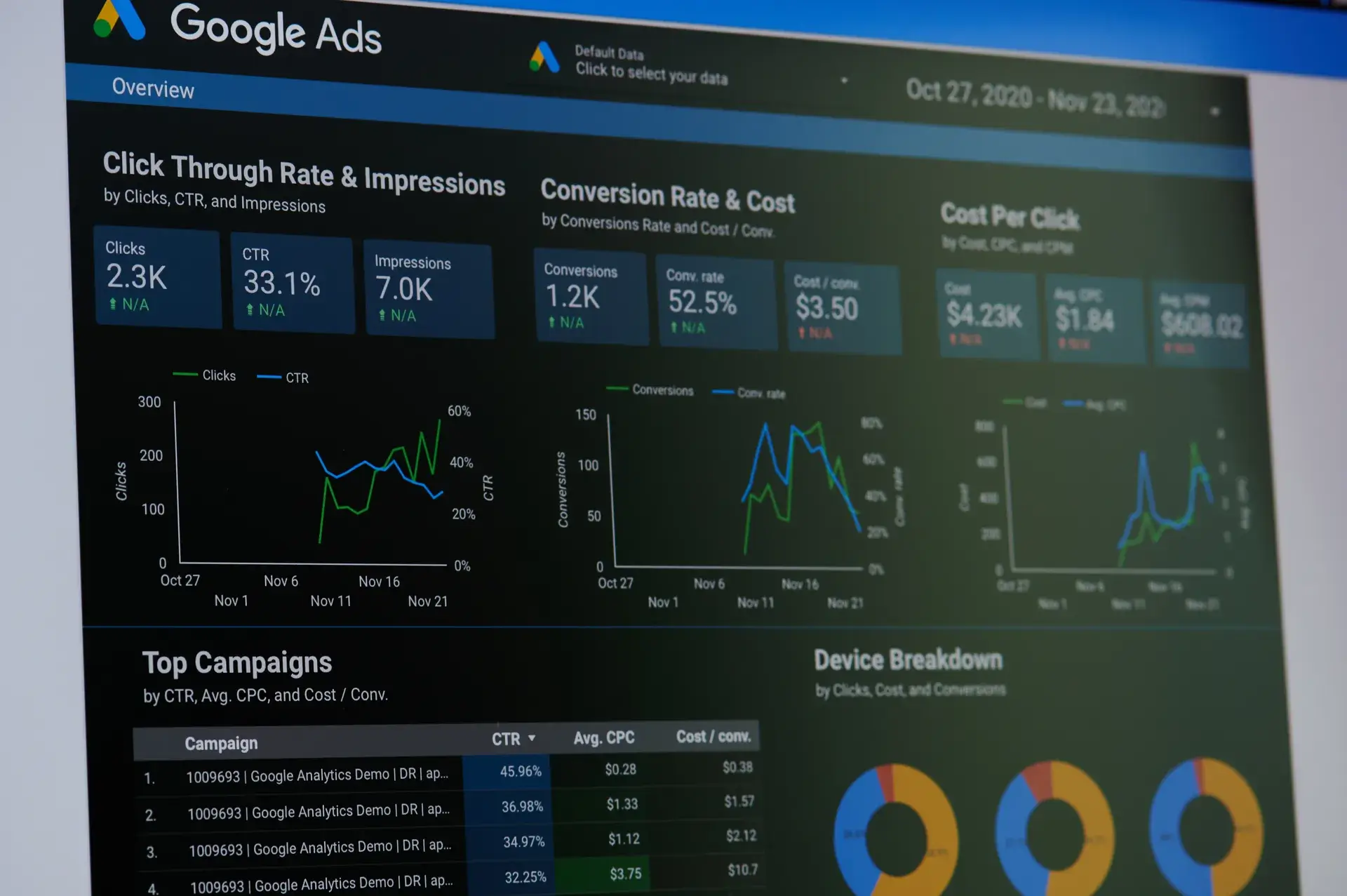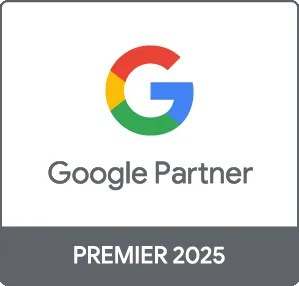Google Ads is a powerful advertising platform that enables businesses to reach potential customers at the right moment. However, achieving optimal performance with Google Ads can be challenging. In this guide, we'll share essential strategies to enhance your Google Ads performance, improve your return on investment (ROI), and drive more conversions. Whether you're a seasoned marketer or just starting, these tips will set you on the path to success.
Understanding Google Ads Performance
Google Ads performance is influenced by various factors, including ad relevance, click-through rates (CTR), and conversion rates. High-performing campaigns not only generate traffic but also convert visitors into customers. Here are key elements to consider:
- Quality Score: Google uses Quality Score to determine your ad's relevance and quality. A higher score can lower your cost per click (CPC) and improve your ad position.
- Ad Extensions: Utilize ad extensions, such as sitelinks, callouts, and structured snippets, to enhance your ad's visibility and provide additional information to potential customers.
- Conversion Tracking: Implement conversion tracking to measure the effectiveness of your ads and understand customer behavior.
1. Optimize Keywords
Your choice of keywords directly impacts your ad performance. Here’s how to optimize them:
- Conduct Keyword Research: Use tools like Google's Keyword Planner to identify high-traffic and relevant keywords.
- Utilize Negative Keywords: Exclude irrelevant keywords from your campaigns to avoid unnecessary spending and improve CTR.
- Group Related Keywords: Organize keywords into tightly themed ad groups to increase ad relevance.
2. Craft Compelling Ad Copy
Your ad copy should grab attention and compel users to click. Consider these tips:
- Highlight Unique Selling Points: Let your audience know what sets your business apart.
- Include a Strong Call-to-Action (CTA): Encourage users to take action by using phrases like “Get Started” or “Shop Now.”
- Test Different Variations: A/B test various headlines and descriptions to identify what resonates best with your audience.
3. Target the Right Audience
Effective targeting ensures that your ads reach potential customers. Focus on:
- Demographic Targeting: Tailor your ads based on age, gender, and location to find your ideal customers.
- Remarketing: Use remarketing ads to re-engage users who have previously visited your website.
- Utilize Custom Audiences: Create custom audiences based on your customer data for more targeted campaigns.
4. Analyze and Adjust
Continuous analysis is essential for optimizing Google Ads performance. Regularly review:
- Performance Metrics: Monitor CTR, conversion rates, and CPC to identify areas for improvement.
- A/B Test Results: Review A/B testing outcomes to refine your strategy.
- Adjust Budgets: Allocate more budget to high-performing campaigns while pausing underperforming ads.
Conclusion
Maximizing Google Ads performance requires a strategic approach that focuses on optimizing keywords, crafting compelling ad copy, targeting the right audience, and continuously analyzing results. By implementing these strategies, you can enhance your campaign's effectiveness and achieve a higher return on investment. At Prebo Digital, we specialize in Google Ads management and can help you achieve optimal results for your campaigns. Contact us today to learn how we can assist you in driving success with Google Ads!





